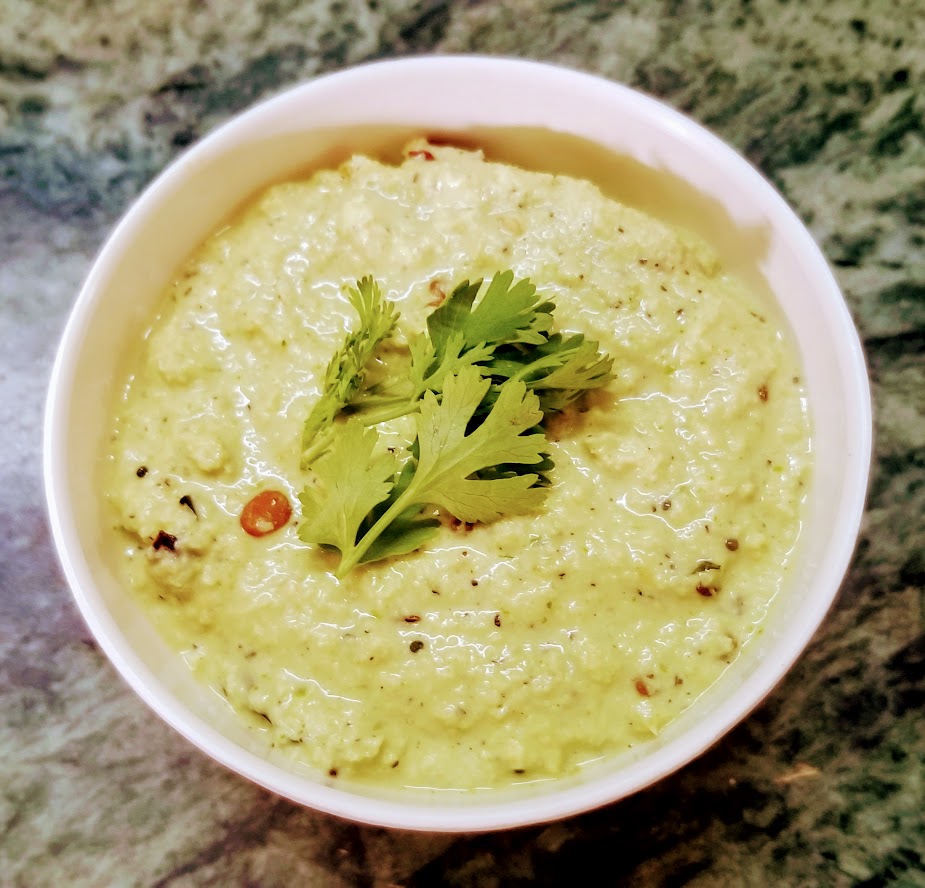Romans, Brits & Aussies Ate Chutney
Hello there, fellow Indians and all others curious about the title. If you are an Indian or have been to India or have read about Indian food or have a craving for it, then you have definitely heard about Chutney. This week, we talk about its origin, it’s journey across the world and a quick recipe to make one of these easy side-dishes.
What does chutney mean at all? “Chutni” in Hindi (most spoken language in India) means to lick. Whoever named it, definitely added their personal experience into the etymology. This side-dish, prepared with different combinations of ingredients is a daily make for licking alongside various entrees and some of these varieties can be prepared and stored up to days.

The origin of this daily favorite of the mass population, is dated back to 500 B.C. and is a proud patent of India. The Romans were fascinated by the preparation and usage of simple spices to create a condiment that could be pickled and would last for a long time. They took back the recipe and spread it to Britain, which was later adopted in America and Australia. Even after the British colonization of India, chutney and pickle was a major go-to option, as it was easy to prepare and great to preserve.
This chutney is usually prepared with a coconut base combined with mangoes, vegetables or just raw pulses. The ones with the vegetables or fruit are preserved in heated oils and pickled, and can be stored for months. And then comes the kind, which is instant to prepare and is consumed immediately, the one with the pulses. Some of the popular versions are coconut chutney, peanut chutney, dahi chutney, mango chutney, tomato chutney and coriander chutney.

The coconut chutney tops the chart and is a condiment for all major South Indian breakfasts, like Idly, Dosa, Vada, Upma and what not. So, why the wait, let’s dive into this super simple recipe already. The best part about this chutney is the ingredients, which are very basic and are easily available in most households. You will need these to make a serving of four.

Add freshly cut coconut, peanuts, chana dal, green chillies, coriander leaves and a pinch of salt into a mixer and grind. Add water and grind again till a smooth consistency is attained. Keep it aside.

Add oil into a small pan and heat. Once the oil is hot, add urad dal, cumin seeds, mustard seeds, chana dal, red chilli into oil, and top it with a pinch of asafoetida and curry leaves, till the mustard seeds start popping. Switch off the stove once you hear the popping.

Pour the tempering into the freshly ground coconut base and mix well. And viola, you are done.


Coconut Chutney
Ingredients
For the chutney
- 1/4 Coconut freshly cut
- 2 tbsp Peanuts roasted
- 2 tbsp Chana Dal roasted
- 4 Green Chillies
- 1 bunch of Corriander Leaves
- Pinch of Salt
For the tempering
- 1 tbsp Vegetable Oil
- 1 tsp Urad Dal
- 1 tsp Cumin Seeds
- 1 tsp Mustard Seeds
- 1 tsp Chana Dal
- 1 Red Chilli dry
- 4 Curry Leaves
- Pinch of Asafoetida
Instructions
-
Add all the chutney ingredients at once into a mixer and grind.
-
Add water and grind again till a smooth consistency is attained. Keep it aside.
-
Add oil into a small pan and heat.
-
Once the oil is hot, add all the tempering ingredients, till the mustard seeds start popping. Switch off the stove once you hear the popping.
-
Pour the tempering into the freshly ground coconut base and mix well. And viola, you are done.
The efforts are minimum, but the taste is maximum. Do try this all-breakfast-friendly recipe and relish it. Tell me about your experience and share the pictures of your chutney in the likes and comments section. Happy Chutneying!

